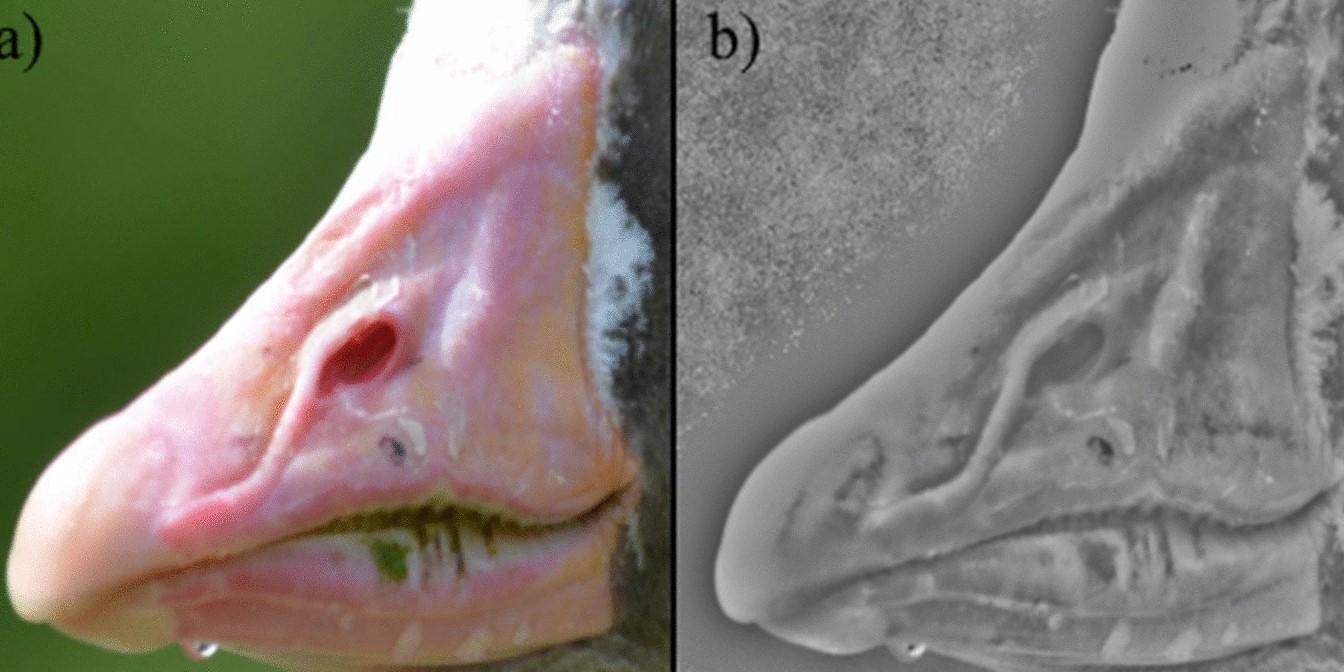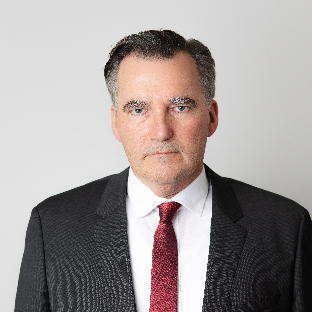
Facial recognition software used to study the social behaviour of individual Greylag Geese in Europe will soon be used to monitor one of the rarest geese in the world, the Cape Barren Goose in Australia.
The technology was used to assess how each bird responds to images of themselves, other flock mates or partners and researchers from the University of Vienna and Flinders University say it could be used by other scientists or in citizen science apps around the world to monitor and record endangered wildlife or even to promote the welfare of animals in captivity.
Flinders BirdLab leaders Professor Sonia Kleindorfer and Dr Diane Colombelli-Négrel, worked on the software with support from the University of Vienna, University of Veterinary Medicine in Austria and the Konrad Lorenz Research Centre for Behaviour and Cognition.
The program tested each goose face with lifesize 2D images of members of the Greylag Goose flock, originally started by the founding father of animal behaviour, Austrian scientist Konrad Lorenz in the 1950s.
With 97% accuracy, each goose face could be correctly assigned within a photo library containing 6000 possible matches, researchers say in a new article in Journal of Ornithology.
Automated facial recognition software using the similarity between images of goose bills was developed to determine whether a Greylag Goose face is visually unique.
“Next the team placed life-sized photos in a grassy field to see whether geese behave differently to each image – which they do,” says Professor Kleindorfer, who founded Flinders University’s BirdLab 20 years ago and now directs the Konrad Lorenz Research Centre, a core facility at the University of Vienna in Austria.
 “The geese approached the photo of their partner more quickly, gave friendly contact calls and fed for longer. In contrast, when they saw a picture of themselves – a goose they had never seen before – they hissed and took longer to approach food, if they fed at all.”
“The geese approached the photo of their partner more quickly, gave friendly contact calls and fed for longer. In contrast, when they saw a picture of themselves – a goose they had never seen before – they hissed and took longer to approach food, if they fed at all.”

The latest findings into visual cues of individuality not only gives insights into the birds’ social structure but illustrate how the software to monitor individual faces or body patterns can be monitored using photographs collected in the field – for animal numbers and movements – in conservation efforts.
“Animal welfare could also be enhanced through the use of photographs in captivity,” says Flinders University’s Dr Colombelli-Négrel, from the College of Science and Engineering.
“For example, a photo might reduce the sense of isolation in a social species held in captivity, or serve as a ‘soft introduction’ before a new animal is introduced into an enclosure, although care should be given to avoid photos of a deceased relative, ally or dominant animal in the group.
“Perhaps captive individuals in group-living species express reduced anxiety when exposed to a photograph of an unknown and smaller non-specific,” she adds.
Zoologist Konrad Lorenz, who was awarded the Nobel Prize in Physiology or Medicine with Nikolas Tinbergen and Karl von Frisch in 1973, used the behaviour of the Greylag Goose to found the discipline of animal behaviour.
The article – Cues to individuality in Greylag Goose faces: algorithmic discrimination and behavioral field tests (2023) by Sonia Kleindorfer, Benedikt Heger, Damian Tohl, Didone Frigerio, Josef Hemetsberger, Leonida Fusani, W Tecumseh Fitch and Diane Colombelli-Négrel has been published in the Journal of Ornithology. DOI: 10.1007/s10336-023-02113-4.
Acknowledgements: The study was supported by an Australian Research Council grant and researchers in Australia and Austria, including the Konrad Lorenz Research Center, and the Cumberland Foundation.







